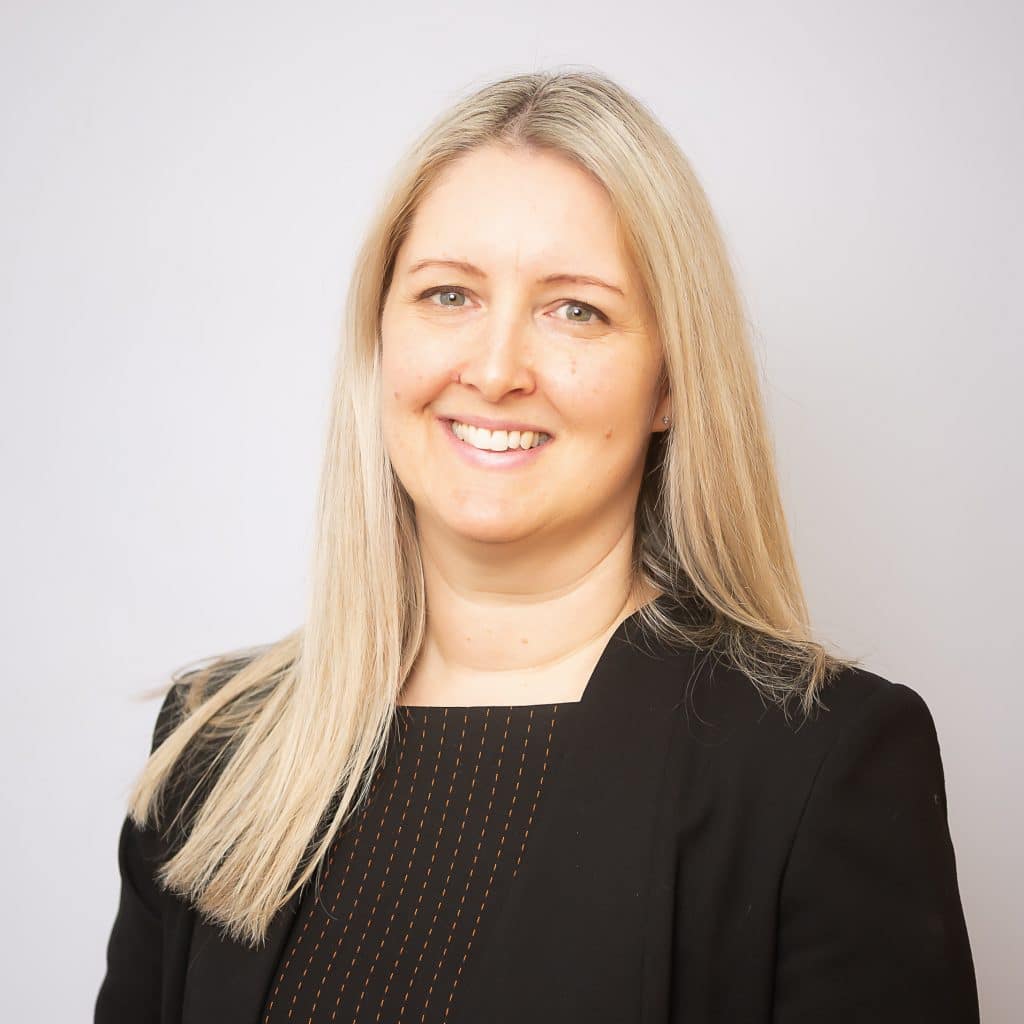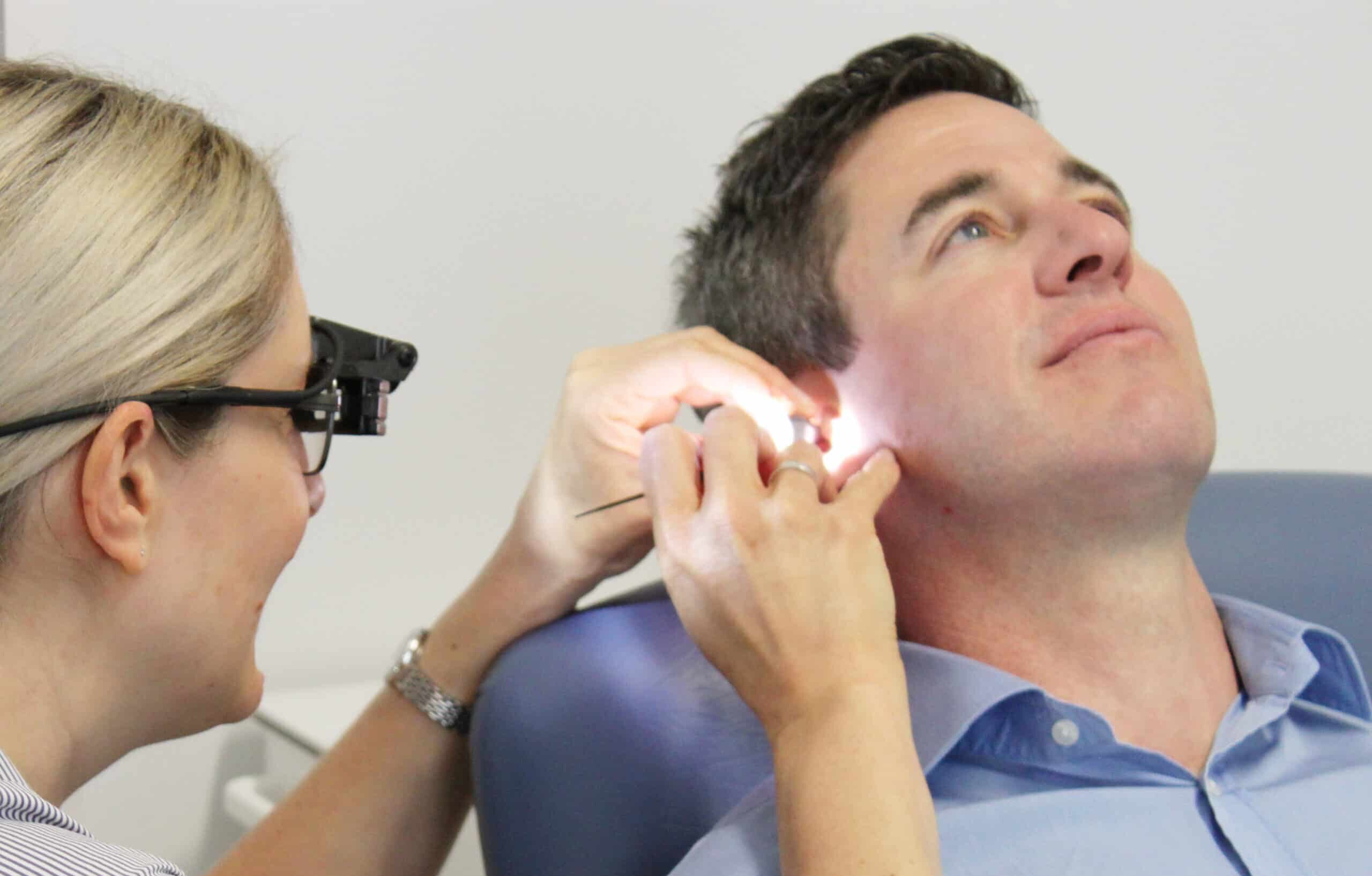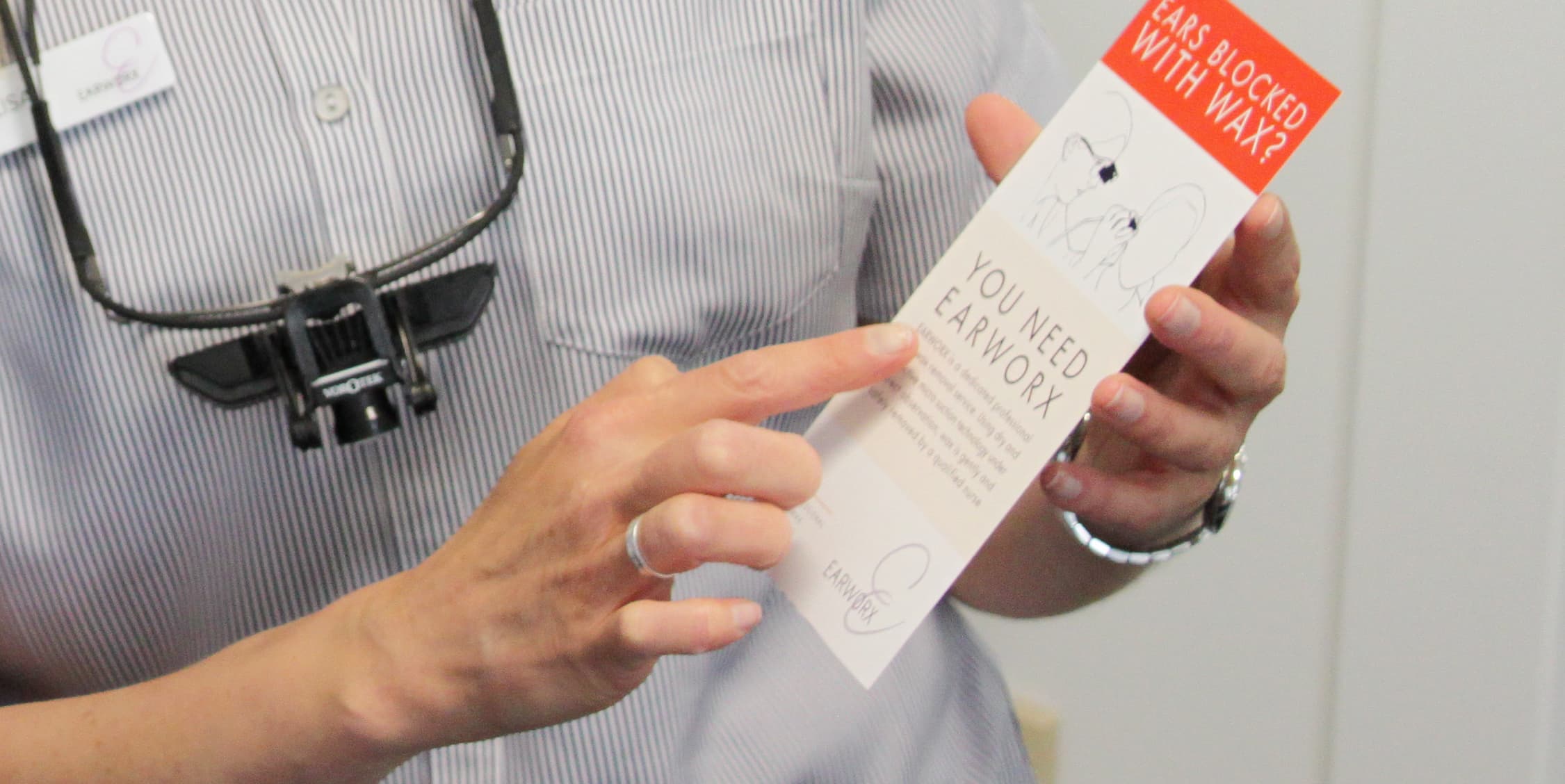Ears blocked with wax?
You need Earworx
The largest network of award winning, professional earwax removal clinics across Australia.
You can trust our qualified registered nurses who specialise in the effective and safe removal of excess earwax with gentle microsuction technology.
How can Earworx help you today?
Welcome To Your Earworx Clinic
People more prone to ear wax build up include those that use cotton buds in their ears, wear hearing aids, are regular earphone users, or have narrow, bendy or hairy ear canals’. Signs and symptoms include hearing loss, feeling of fullness, tinnitus, itching, pain, discharge, odour or a cough. You can trust our qualified registered nurses who specialise in the effective and safe removal of excess earwax with gentle microsuction technology.
Earworx has the largest network of professional earwax removal clinics across Australia in Victoria, New South Wales, Queensland, Western Australia, South Australia, Australian Capital Territory and Tasmania.


About Earworx & Our Ear Wax Removal Services
Earworx is a dedicated professional earwax removal service. Using dry and effective micro-suction technology under direct observation, wax is gently and safely removed by a qualified nurse.
Why You Need To See Earworx?
Some people have more of a problem with wax build up than others. Excessive or impacted cerumen is present in one in 10 children, one in 20 adults, and more than one third of the geriatric and developmentally delayed populations.

Award Winning Service
Earworx proudly won the National Championing Health Award at the 2024 Telstra Best of Business Awards.
This achievement highlights our commitment to health innovation and accessibility, a testament to the hard work and dedication of our team and the support of our patients.



